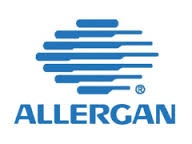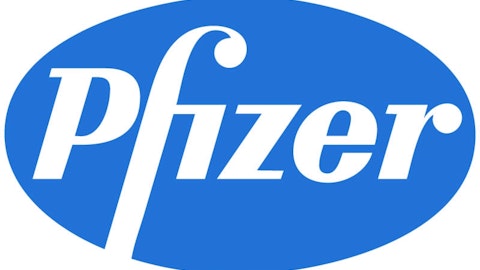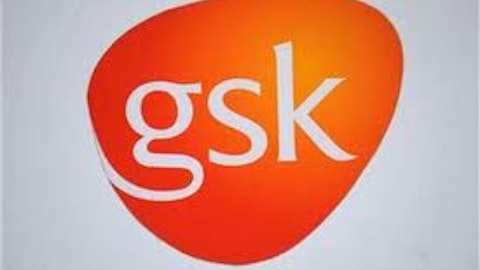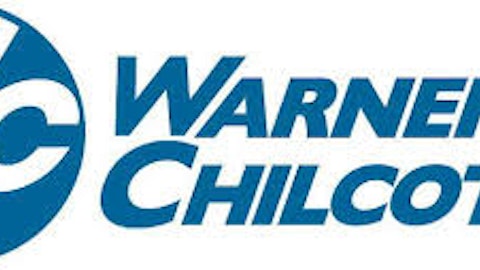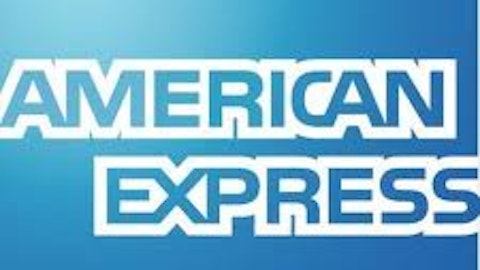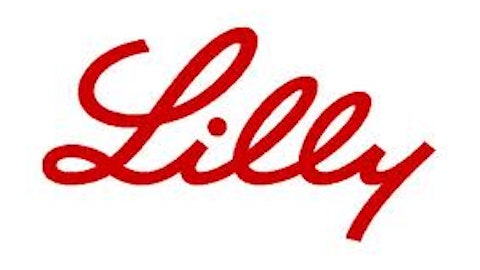On June 24, the Food and Drug Administration issued “bioequivalence recommendations” for 15 active ingredients used in prescription medications. Bioequivalence is a pharmacology term used to compare the properties of two drugs with an identical active ingredient, most likely a brand-name drug and its generic equivalent.
One of the new guidelines issued on Monday is for cyclosporine, the active ingredient in blockbuster drug Restasis developed by Allergan, Inc. (NYSE:AGN).. Restasis is a prescription eye drop used for the treatment of dry eye disease, approved for sale in 2002 by the FDA. Sales of Restasis are expected to reach $850–$890 million for 2013, as much as 15% of Allergan, Inc. (NYSE:AGN)’s total revenue.
Shares of Allergan sank nearly 15% to $81.28 on Monday, an 11-month low for a stock that saw a record high of $116.45 as recently as April. Investors have been aware the patent on Restasis will expire in May 2014, however the FDA’s new guidelines could make it possible for a generic competitor to introduce an equivalent drug by 2016.
The question for Allergan, Inc. (NYSE:AGN) shareholders is as follows. Can the company stage a successful rebound in the absence of Restasis, or should investors sell before it’s too late? Let’s dive in and take a closer look.
Dry eyes or tears of joy?
Despite the market reaction, the guidelines issued by the FDA are a draft status and remain open for discussion. Allergan, Inc. (NYSE:AGN) has a 60-day period for public comment and will provide a scientific argument why a generic equivalent should undergo clinical testing. In the event Allergan, Inc. (NYSE:AGN) succeeds, the testing requirement could delay a competing drug by several years.
Readers shouldn’t assume that Allergan faces a road to irrelevance in the world of Big Pharma. The company has a number of valuable drugs that continue to deliver in a big way. Botox is currently approved in 85 countries for 25 different medical conditions, and Allergan, Inc. (NYSE:AGN) continues to seek expanded usage for this drug with many therapeutic capabilities.
In January, the FDA approved Botox for the treatment of overactive bladder, a groundbreaking solution for a drug which is incorrectly associated with only cosmetic procedures. Allergan is pursuing new breakthroughs, including Botox for juvenile cerebral palsy (Phase III) and Botox for osteoarthritis pain (Phase II).
Allergan also owns the rights to Juvederm and Latisse, used by women for a variety of facial aesthetic procedures. Both products are under review with the FDA and European authorities for new indications.
In addition to the above, Allergan maintains a broad portfolio across eye care, neurosciences, medical dermatology, and even obesity intervention with Lap Band.
Recent falls off the patent cliff
In an effort to put Allergan’s base scenario in perspective, let’s consider some recent examples of competitors facing the patent cliff.
